A sudden 80-90% drop in Googlebot crawl volume is more consistent with server availability errors (429/500/503/timeouts) or bot gating than with 404s from broken hreflang links. The practical question for marketers: how to diagnose root cause, estimate recovery windows, and mitigate business impact across SEO and paid.
Googlebot crawl slump: server errors, not 404s, drive sudden drops
The sharp, near-instant decline described in recent coverage and commentary is best explained by Googlebot’s adaptive rate control responding to perceived server stress or access blocks - not a penalty and not a crawl budget loss caused by 404s. Googlebot reduces concurrency quickly when it encounters 5xx/429/timeouts and increases it slowly after stability returns. For marketers, the levers are operational: verify what your servers and CDN returned, confirm no WAF or rate limiter gated Googlebot or AdsBot, and monitor crawl recovery in Search Console.
Key takeaways
- Treat sharp crawl drops as an availability problem, not a content problem. Prioritize log analysis for 429/500/503/timeouts and CDN/WAF blocks. 404s alone rarely trigger a 24-hour, 90% crawl slump.
- Expect fast cut, slow recovery. Googlebot slows quickly on errors and ramps back cautiously. Plan for multi-day to multi-week normalization depending on stability and scale, with no fixed SLA.
- Hreflang 404s are likely a red herring. Broken alternate URLs waste fetches but rarely collapse crawl rate. Look for hidden rate limiting or bot blocking that coincided with the deployment.
- Paid search risk is real if infrastructure is the cause. WAF/CDN rules that block Googlebot often also block AdsBot, leading to ad disapprovals or reduced delivery. Validate both bots’ access.
- Define error thresholds and alerts. Set internal triggers when 5xx/429 share rises materially above baseline to avoid prolonged crawl throttling and freshness lag.
Situation snapshot
A case highlighted by SEJ traced a ~90% crawl drop within 24 hours after deploying broken hreflang URLs in Link HTTP headers. In a related Reddit thread, John Mueller noted 404s are unlikely to cause such a rapid drop and pointed instead to 429/500/503/timeouts or CDN blocks.
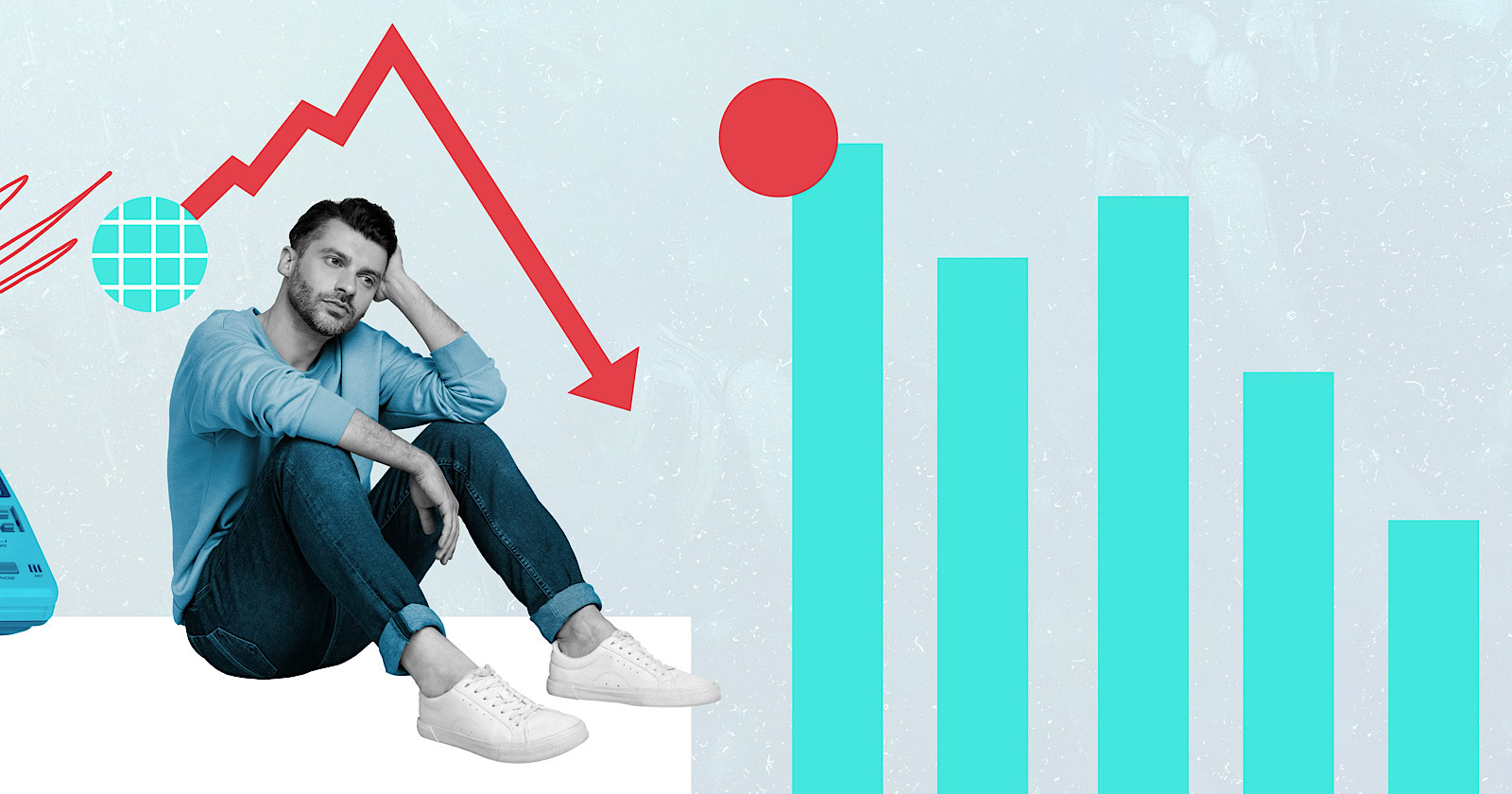
Facts
- Google recommends 500/503/429 to intentionally slow crawling - not 403 or 404 - see guidance on reducing crawl rate.
- Googlebot adapts crawl rate based on server health. It slows quickly on errors and ramps up cautiously after stability returns.
- Recovery has no fixed SLA. Crawl generally normalizes once server issues are resolved.
Breakdown and mechanics
- Control loop: Server instability or blocks - higher share of 5xx/429/timeouts - Googlebot lowers parallel fetches and/or increases backoff - measured daily crawl drops - once stability returns, Googlebot gradually increases concurrency and crawl recovers.
- Why 404s do not fit: 404 indicates a valid terminal state at the application layer and does not signal server distress. A sudden 90% crawl drop within 24 hours is more consistent with 429/5xx/timeouts or being gated by CDN/WAF.
- Hreflang angle: Broken Link header alternates can trigger many extra fetches. If a rate limiter or bot defense reacted to that pattern, it could throttle or block Google IPs, turning a content error into an availability issue that then triggered crawl throttling.
Diagnostic workflow
- Extract GSC Crawl Stats by response, host, and file type. Look for spikes in 429/500/503/timeouts in the affected window.
- Compare with origin and CDN logs. Filter by Googlebot and AdsBot user agents and verify IPs via reverse DNS.
- Review CDN and WAF rules, rate limits, and bot protections for actions against Google IPs. Inspect event logs during the incident window.
- Validate no robots.txt, DNS, or SSL issues. GSC shows fetch failures by category.
- If throttling is intentional during maintenance, prefer 503 or 429 with Retry-After where supported, and keep sitemaps and robots accessible.
Quantifying - planning assumptions
Use these models for planning, not as Google policy.
- Assume a baseline of 100k fetches per day across 10 parallel connections. If error share exceeds roughly 5% or timeouts persist, effective concurrency may drop to about 2 - an 80% decline.
- If recovery increases concurrency by roughly 50% per day after stability (2 to 3 to 4.5 to 6.75 to 10), expect a 4-6 day return to baseline. Noisy stability can extend recovery to weeks.
Impact assessment
Organic search
- Short-term reduction in recrawl frequency and slower reflection of updates. New pages discovered slower if sitemaps and internal links are fetched less often.
- Effect size: moderate to high for frequently updated sites; lower for evergreen content.
- Actions: stabilize infrastructure; keep sitemaps lean and 200-OK; monitor Crawl Stats by response and purpose; prioritize critical sections in internal linking.
Paid search
- If infrastructure blocks or breaks Google IPs, AdsBot can fail, causing ad disapprovals or reduced delivery under "destination not working."
- Effect size: high during active throttling; negligible if only alternate hreflang URLs 404.
- Actions: test AdsBot access to top landing pages; whitelist Google IP ranges; watch for spikes in destination errors; stage changes outside peak campaigns.
Analytics and measurement
- Crawl drops can lag indexing and traffic impacts. Expect stale SERP snippets or delayed cache refresh.
- Actions: track log-based Googlebot requests vs GSC series; alert when 5xx/429 exceeds 1% or 10x the seven-day baseline to trigger engineering escalation.
Engineering and ops
- Require reproducible bot verification, clear WAF and CDN rules for Googlebot and AdsBot, and rate limits that prefer 503 or 429 over silent timeouts.
- Actions: implement canary routes for bot traffic; serve 503 with short Retry-After for planned throttling; keep robots.txt and sitemaps fast and available; load-test bot patterns created by hreflang or faceted links.
Scenarios and probabilities
- Base - likely: Root cause is 429/5xx/timeouts or CDN/WAF gating coincident with the hreflang deployment. After fixes and 3-14 days of stability, crawl recovers progressively with a temporary freshness lag.
- Upside - possible: Clear fix plus explicit 503 or 429 with Retry-After during short maintenance windows and strong allow-rules for Google IPs. Crawl normalizes within 3-7 days with minimal impact.
- Downside - edge: Intermittent gating persists due to aggressive bot defenses, shared hosting saturation, or misidentified IPs. Crawl remains depressed for weeks, delaying discovery and risking AdsBot issues.
Risks, unknowns, limitations
- No public thresholds for Googlebot backoff or recovery. The timeframes above are planning assumptions, not guarantees.
- Confounding factors such as robots.txt changes, DNS or SSL renewals, or IP migrations can mimic availability issues.
- User agents can be spoofed. Verify Google IPs via reverse DNS to avoid misattribution.
- Falsification: if logs show near-zero 429/5xx/timeouts and no CDN or WAF actions while crawl still dropped 90% within 24 hours, investigate DNS failures, connection resets, or robots.txt fetch errors.
Sources
- Search Engine Journal, Aug 2025 - Googlebot crawl slump coverage.
- Reddit thread featuring John Mueller’s comment.
- Google Developers documentation on reducing crawl rate.

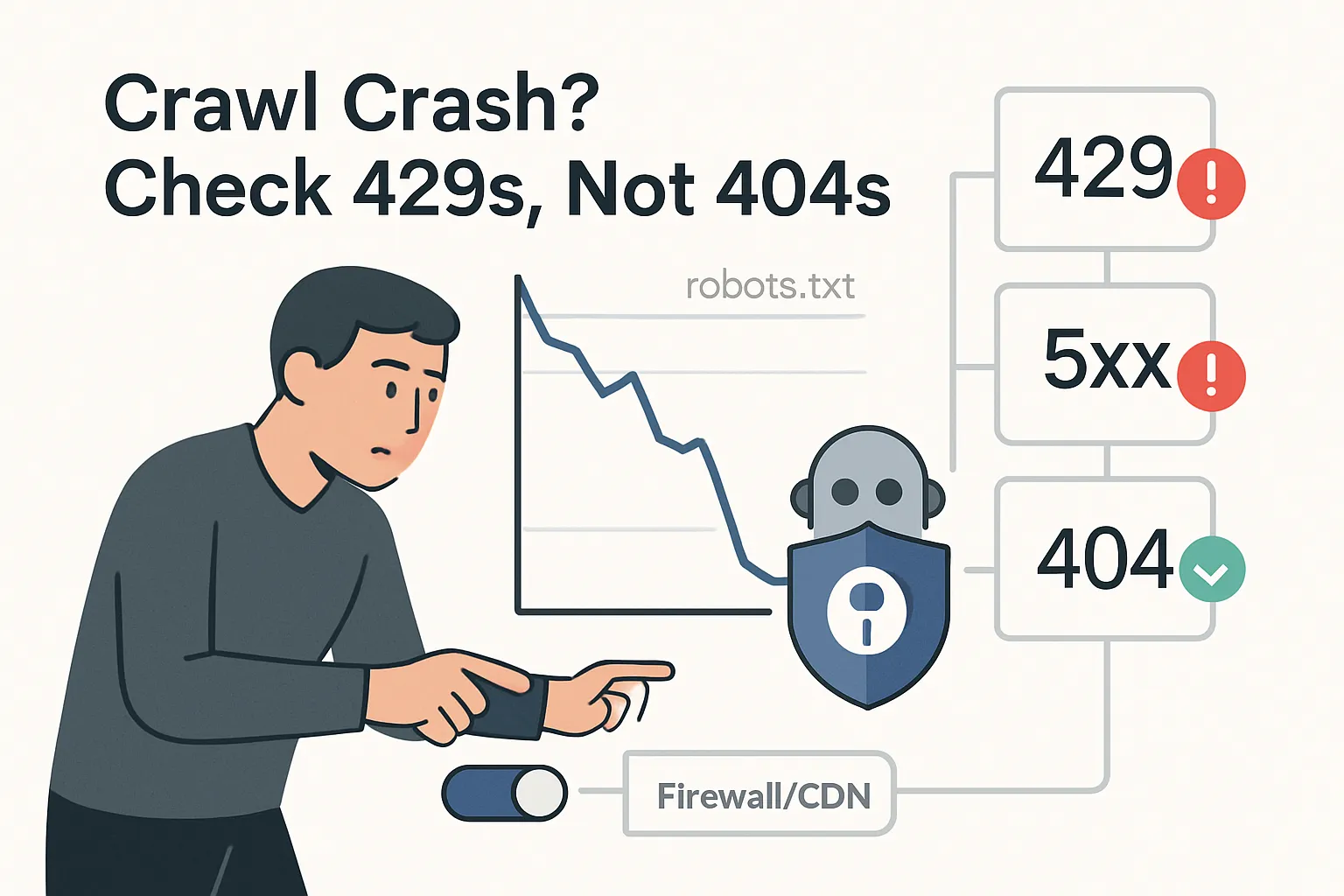
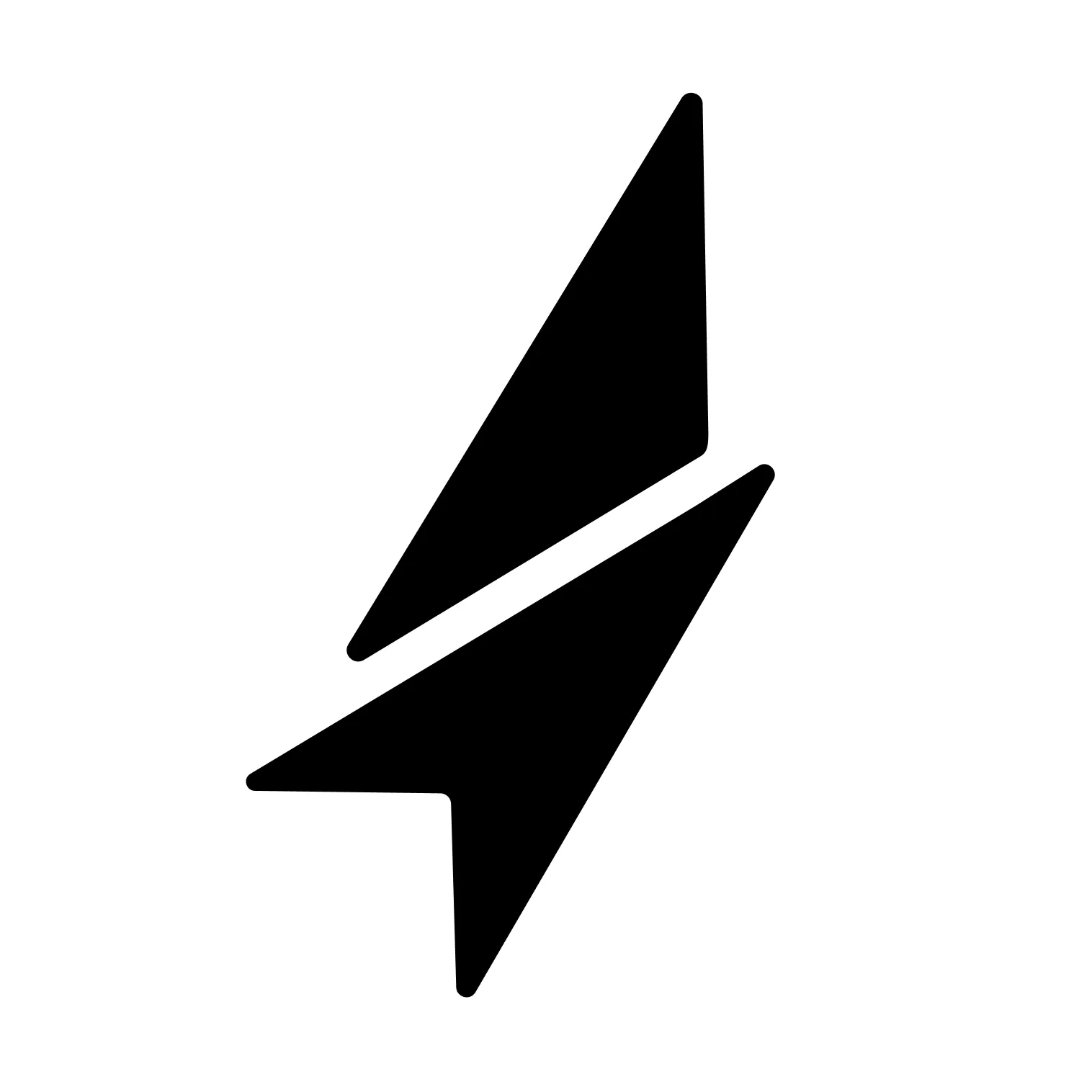

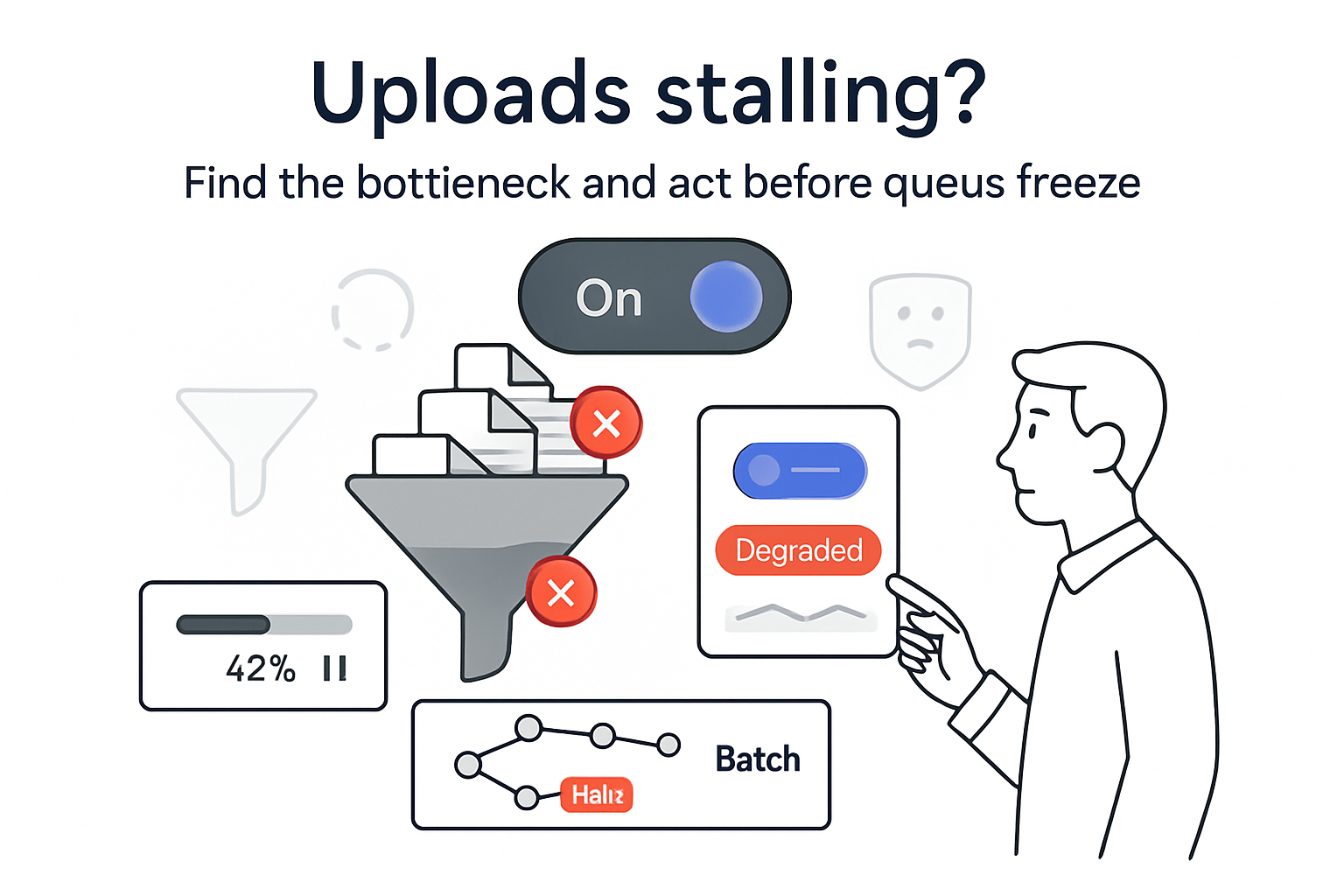
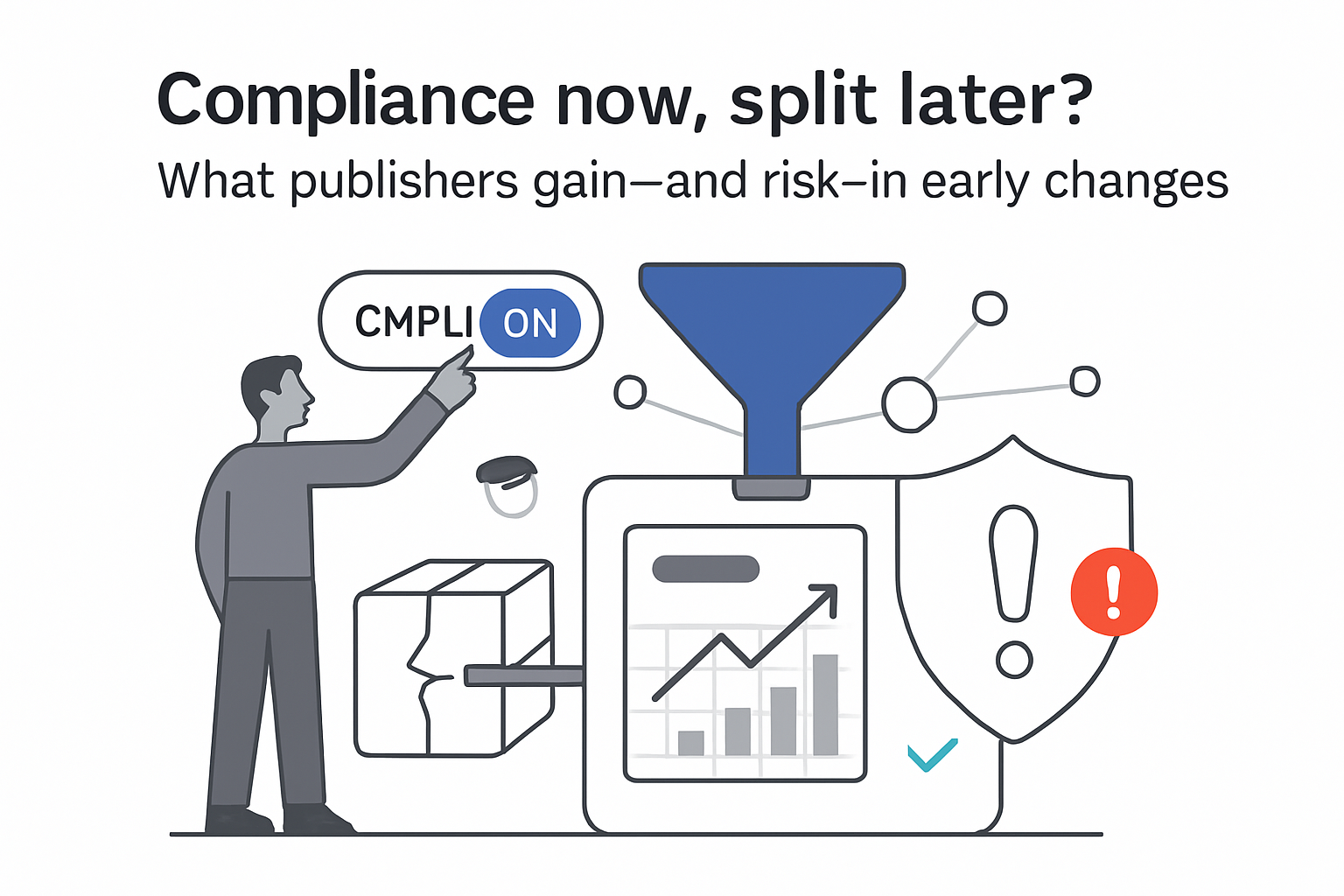
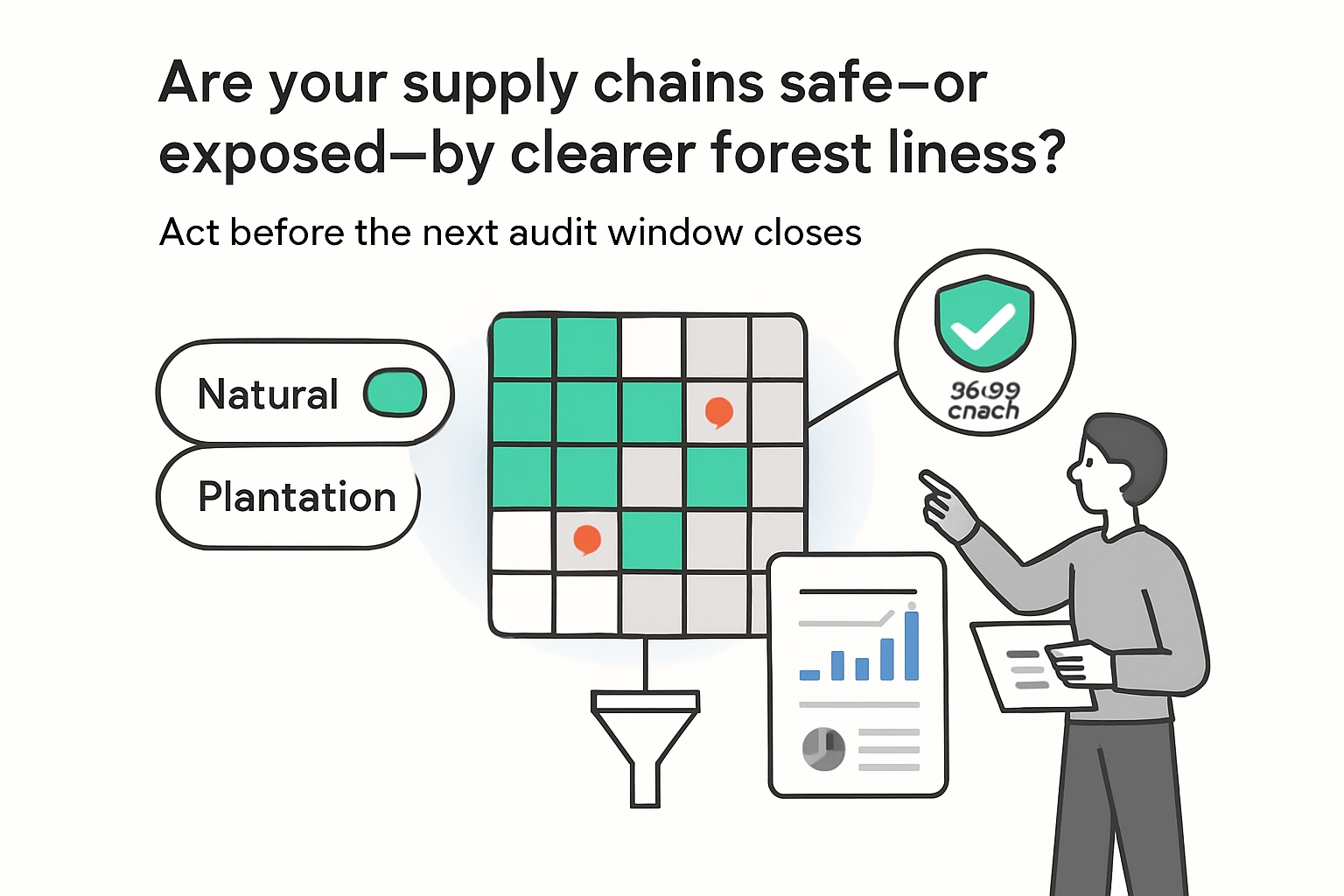

.svg)